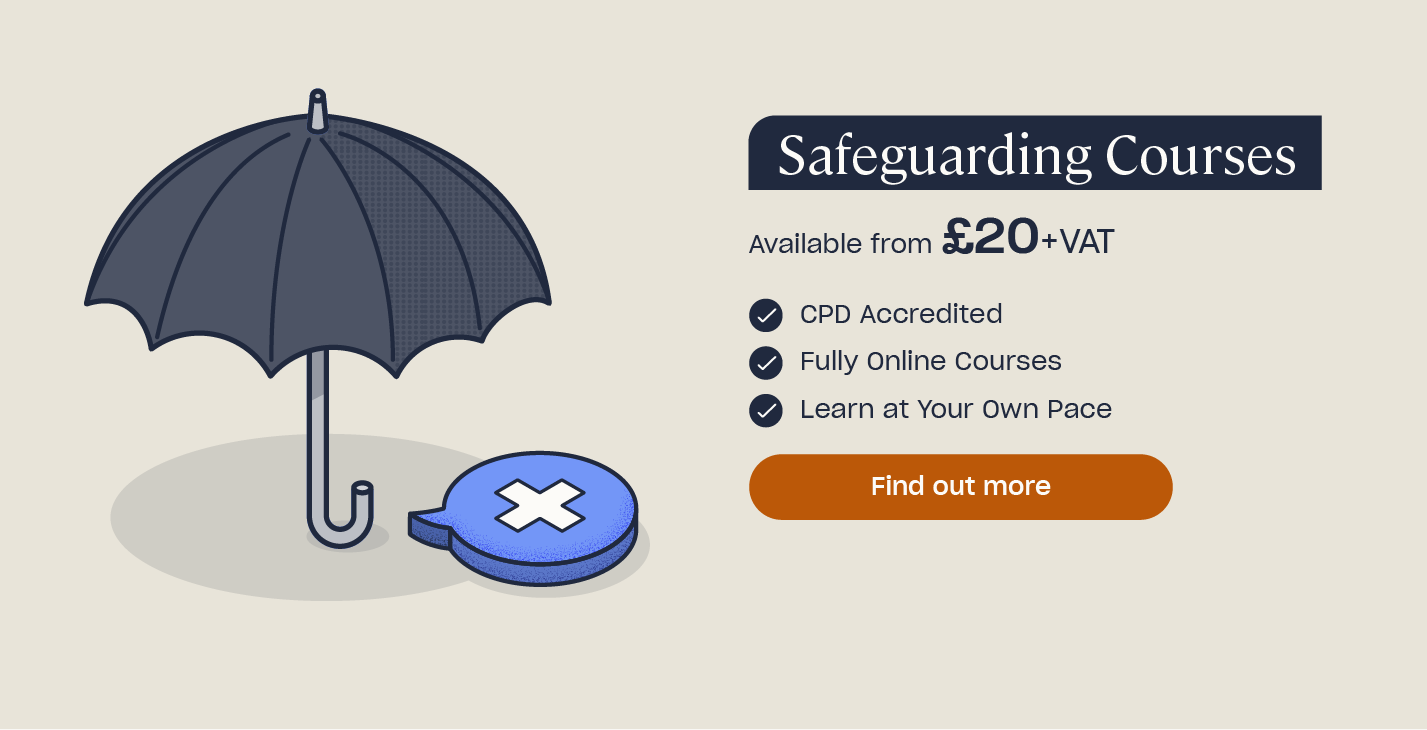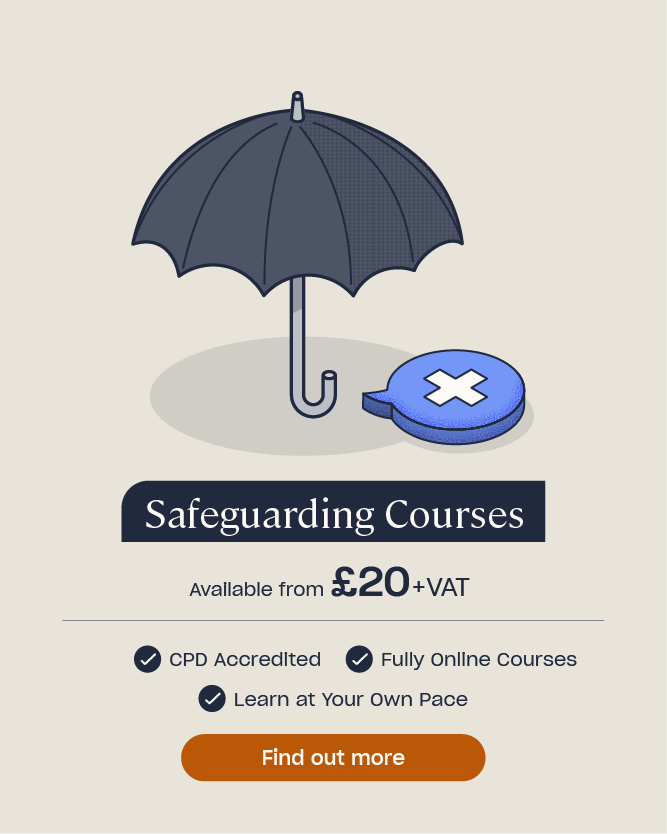How to Prevent Falls in the Elderly
Falls, particularly in people over 65, can have a significant impact on their health. This can add to the pressures within the health and social care sector by increasing hospital stays, admissions and the amount of daily care and support a person requires. Falls can be costly in time, resources and money. The NHS states that around 1 in 3 adults over 65, and half of people over 80 will have at least one fall a year causing the cost to the NHS for falls and fractures to reach billions per year.
It’s important to reduce the risk of falls, especially for the elderly population. Within this article we will outline the main causes and risk factors for falls, as well as looking at different types of falls. We will also discuss the importance of preventing falls in the elderly within healthcare settings and provide some prevention strategies to minimise the likelihood of a fall occurring.
What are the Causes and Risk Factors for Falls in the Elderly?
Age is a key risk factor for falls, with those at greatest risk being aged 65 and over. The ageing process can often bring about several physical and cognitive changes that contribute to the likelihood of a fall occurring, the most common being:
- Visual impairments – glaucoma, age related macular degeneration and cataracts are a few common reasons for impaired sight.
- Muscle weakness – particularly in the legs, often caused by a natural reduction in muscle mass due to age, reduction of physical activity and other issues such as poor circulation.
- Balance issues – often caused by problems within the ears, such as a build up of wax or labyrinthitis.
- Dementia – other conditions can also impair cognitive function, such as a stroke or delirium.
- Medical conditions – heart conditions, low blood pressure or other issues that may lead to dizziness. Even dehydration, infections and constipation can increase the risk of a fall.
- Medication – side effects from certain medications or a combination of medications may contribute to a physical or cognitive reason for a fall.
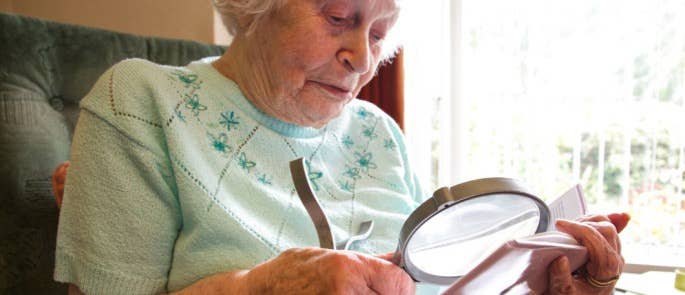
As well as the physical and cognitive reasons, it is also important to consider the environmental factors that can lead to the occurrence of a fall, the most common being:
- Wet or slippery surfaces.
- Inadequate lighting.
- Trip hazards such as loose flooring or rugs.
- A lack of, or poorly secured hand/grab rails.
- Trailing wires.
- Poor fitting shoes – those too big, unfastened or ill fitting due to foot swelling.
- Snowy or icy conditions.
- Uneven surfaces or stairs.
Whether you are a health or social care worker, have elderly relatives or are in the risk category yourself, it is important to understand the variety of causes for falls and the risk factors that may be present. Having this awareness enables them to be addressed appropriately. As well as those already mentioned, other contributing factors that can lead to falls include; alcohol intake, rushing (often to answer the door, a phone call or use the facilities), overreaching and losing balance, maintenance work that involves using a ladder or household chores such as carrying laundry.
What are the Different Types of Falls?
Falls can be categorised in various ways and knowing the different types can be useful for understanding how potential falls can be managed and prevented, and also how an individual is assessed after a fall has occurred. The 3 commonly described types of falls are:
Accidental fall – these are often caused by environmental factors and can take place in generally low-risk individuals.
Anticipated physiological fall – these are falls that occur when a person already has present risk factors, such as a cognitive impairment, or gait issues such as those caused by Parkinson’s disease or high-risk medications.
Unanticipated physiological fall – these can occur with low risk patients when the timing could not be known, such as someone having a seizure or a fainting episode.
If falls have occurred, often without a known cause, an individual may be assessed in a falls clinic. These involve a multidisciplinary team and are often made up of an elderly care doctor, a podiatrist, physiotherapist and an occupational therapist. A thorough assessment can identify causes ranging from neuropathy (loss of sensation in feet), muscle weaknesses, postural drop (drop in blood pressure upon standing) or a combination of various factors. Each specialist can aid in identifying and managing any cause or risk factor that may be present.
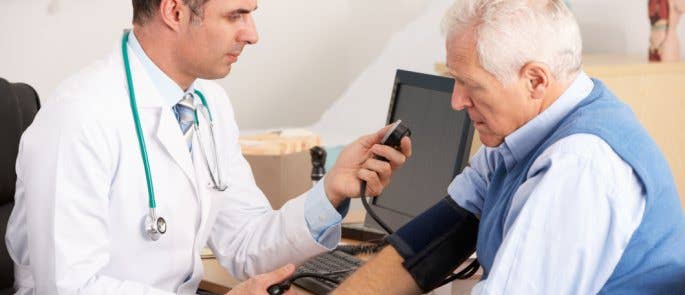
The way in which a person has fallen is also important. If someone has fallen forwards then the force of impact may cause damage in the hands and wrists, a fall sideways often leads to a fractured hip, a backwards fall can often cause injury to the head. You may see incidents referred to as slips and trips, these simply refer to how the fall took place. Knowing how a slip or a trip occurred can help identify and remove any hazard involved to prevent a recurrence in the future.
These terms can be defined as:
Slip – a lack of traction (grip) between the foot/shoe and surface, such as on ice, oil, polished floor or wet surface.
Trip – losing balance after catching or striking the foot on something, such as a trailing wire or on object on the floor.
Why is Fall Prevention Important in Healthcare Settings?
The physical consequences of a fall will vary depending on the individual and the nature of the fall. Whilst many falls do not have any long lasting effects, the impact of some can be far reaching and even fatal. The strength of a person’s bones can play a large part in the level of injury sustained during a fall.
Osteoporosis is one of the more common conditions to affect bone health in the elderly, which the government states that more than 3 million people in the UK are estimated to have and this drastically increases the risk of fragility fractures occurring. According to the world health organisation, fractures can be caused in those at risk of fragility fractures from a fall from as little as standing height or less. Hip fractures alone cost just over 1 billion pounds annually and equate to around 1.8 billion hospital bed days.
As previously mentioned, the cost to the NHS reaches billions each year and the World Health Organisation states that 37.3 million falls are severe enough to require medical attention each year. Furthermore, an estimated 684 000 individuals die globally from falls each year and worldwide falls are the second leading cause of unintentional injury deaths. Whilst this data is on a global scale and includes those of all ages, it highlights the impact falls can have.
Once a fall has occurred, if someone remains there for a sustained period of time, the risk of dehydration, pressure sores, pneumonia, hypothermia and the breakdown of muscle tissue increases. This can be linked to a poor long-term outcome and is known as a long lie.
As well as the physical impact of a fall, there can be many worries and anxieties felt not only by the individual but also their loved ones or caregivers. Ageing can make a person feel vulnerable as they become less able and rely on others for things they could previously manage by themselves. A fall can increase these feelings of vulnerability and anxiety. It may also lead to discussions regarding their future care needs, accommodation and their ability to remain as independent as they wish to be.
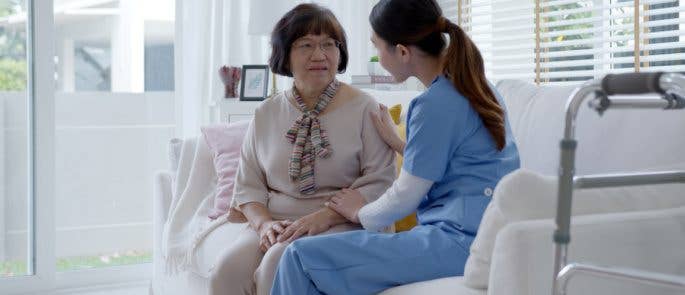
Consequences of Falls in the Elderly
Some potential consequences of falls in the elderly include:
- A loss of confidence.
- Feeling as though they are losing their independence.
- Becoming withdrawn.
- Broken bones.
- Increased anxiety and fear.
- Having to move to more suitable accommodation.
- Requiring more care.
- Not wishing to participate in social events or activities.
- Declining opportunities to use the shower or bath for fear of falling.
- Long-term injury.
- Hospitalisation.
- Death.
- Long and short term pain.
- Surgery.
- Not being able to manage stairs.
Falls Prevention Strategies
How you approach falls prevention may depend on who you are and where you work. Many organisations will have policies and procedures to follow regarding falls, with organisations having targets to meet that ensure their practises are safe and effective. Many hospitals display the number of days since a fall occurred on the ward, this helps keep everyone accountable.
Those who work in the health and social care sector should ensure they have an understanding of how and why falls occur. They should understand correct moving and handling practises, as well as the importance of care plans and risk assessments. Staff should know how to follow these to keep all persons and their working environment safe, managing any potential health and safety hazards present. Where appropriate to the role, staff should understand how to access additional assessments and support for those in their care.
There are certain factors that should be considered whether you are looking after your personal health, loved ones or service users. A few considerations that may help prevent a fall, are:
Correct footwear – this might mean ensuring they fit correctly, they have appropriate adaptations, such as orthotic insoles, that they have sufficient grip or that they are weather appropriate. Do not walk around barefoot, hospitals usually provide socks with grippy soles to prevent slipping.
Look after the feet – bunions, calluses, overgrown or ingrown nails, numbness or pain can all contribute to poor balance, inability to exercise and consequently an increased risk of falls.

Regular sight and hearing checks – individually or combined, these sensory impairments can lead to a loss of balance.
Keep active – many factors can impact an individual’s ability to participate in regular exercise, but a professional such as a physiotherapist can often advise tailored exercises to help a person maintain or even improve their fitness, strength and flexibility in a way that suits them.
Drink enough water – it is important for us all but especially as we age, to keep ourselves hydrated. Dehydration can lead to dizziness and light-headedness, it reduces muscle performance and increases the risk of urinary tract infections, these infections can also increase the risk of falls.
Eat well – maintaining sufficient energy levels is important for preventing falls. Nutritional deficiencies, such as low iron can cause fatigue and poor concentration, whilst malnourishment can cause increased muscle weakness and poor bone health. Maintaining good levels of Vitamin D, calcium and protein is important for overall bone health.
Lighting – ensure there is adequate lighting, whether this be by a hospital bed, in a care home, someone’s own home or outside their property. Bear in mind many elderly people may also have visual impairments and may not be able to see as well as those responsible for their care.
Manage medications – it is important to address any side effects a medication may be causing as these can often be symptoms such as drowsiness, dizziness, changes in concentration and others that can increase the risk of falls. If you are responsible for someone’s care and are aware of these side effects, always manage activities accordingly, e.g don’t assist someone into the shower after they have taken medication known to make them dizzy.
Address toileting access – many elderly falls take place whilst trying to access toileting facilities, often as they are in a hurry to get there. Consider the use of a commode that can be positioned close by.
Maintain a safe environment – this could mean ensuring all trip and slip hazards are removed, consider non slip flooring, non slip mats in the bathroom and add hand/grab rails where needed, such as on the stairs or in the shower.
Use equipment where needed – this may involve an assessment of how daily tasks are performed or whether an individual is at risk of falling and lead to equipment being provided such as walking aids, bed rails, shower seats or moving and handling equipment such as a handling belt.
The use of technology can also play a part in falls prevention and management. Alarms that inform care staff when a person is getting out of bed or standing from a chair can allow them to intervene early to prevent a fall. Other technology includes personal alarms that can dial for assistance once a fall has occurred and even hydration monitors that help prevent increased risk of falling due to dehydration.
Falls can affect us all, but the elderly population is at increased risk of both occurrence and subsequent complications. Falls put additional strain on the NHS and the health and social care sector as a whole, but by following simple strategies and advice we can all play our part in preventing falls in the elderly.
Further Resources:
- Health and Safety in Care Homes: Free Audit Template
- Safeguarding Adults Training Course
- Moving and Handling People in Health and Social Care Training Course
- Basic Life Support Training
- What is Reablement?
- Malnutrition in the Elderly


